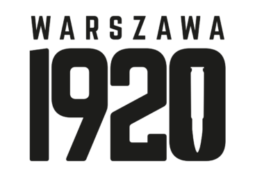
UNITED STATES
As a result of General Tadeusz Rozwadowski’s actions in Paris, plans to create American Legion to support the Polish Army emerged. Ultimately, the 7th Kościuszko Squadron was formed. The most famous member of this unit was Oscar-winner Merian Cooper, creator of King Kong. American volunteers emphasized that by defending Poland against the Red Army they are giving back to the Polish nation for the support that Tadeusz Kościuszko and Kazimierz Pułaski showed to American patriots during the American War of Independence.







